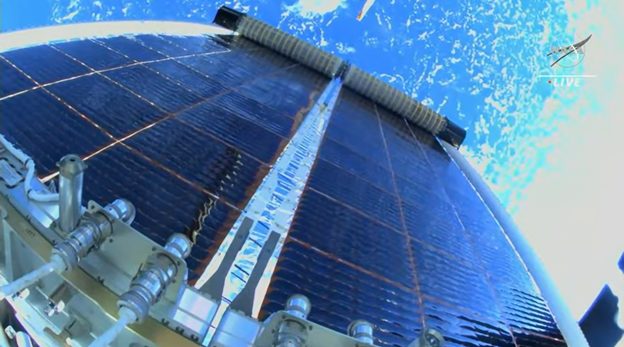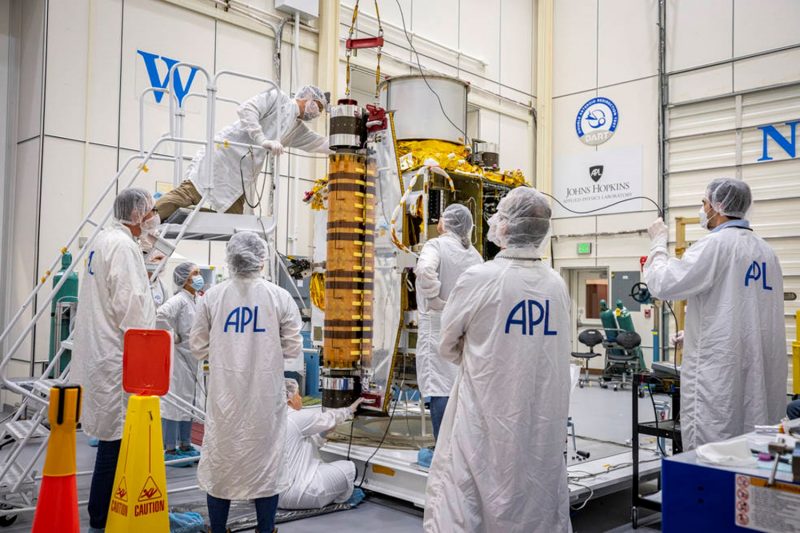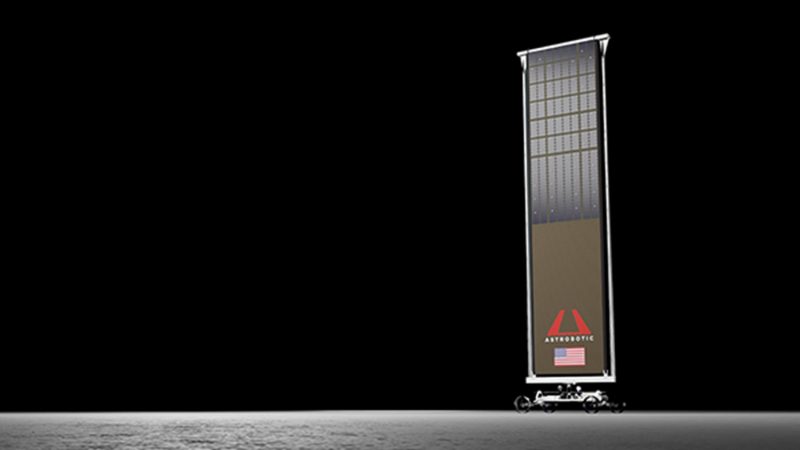
NASA astronauts Stephen “Steve” Bowen and Warren “Woody” Hoburg successfully completed a five-hour and 35-minute spacewalk on June 15 at 2:17 p.m. EDT to install the sixth International Space Station Roll-Out Solar Array (IROSA) wing on the 1B power channel of the starboard truss of the International Space Station (ISS). This spacewalk, the 88th U.S. spacewalk, achieved all objectives by successfully installing and deploying the sixth wing on the space station. On June 9, the astronauts completed a 6-hour and 3-minute spacewalk to install and deploy wing five. IROSA wings five and six launched from NASA’s Kennedy Space Center in Florida on June 5 at 11:47 a.m. ET onboard SpaceX’s 28th cargo resupply mission to the ISS.
Redwire has developed and delivered six IROSA wings over the past two years. The first pair of IROSA wings were launched to the ISS in June 2021 and were installed later that month. In December 2022, the second pair launched and completed spacewalk installation. Since then, each IROSA has been operating nominally and generating power. With wing six installed, the IROSAs will increase power generation capability by up to 30%. Each IROSA wing provides an additional 20+ kW of power once deployed and all six IROSA wings combined will provide more than 120 kW for over 10 years.
ROSA is an enabling technology for orbital and exploration missions. This technology utilizes lightweight, flexible photovoltaic blanket assemblies that considerably reduce overall mass for spacecraft and planetary lander applications. ROSA is also a direct replacement for conventional rigid solar arrays, providing superior strength and stiffness when deployed, ensuring reliable and stable power generation. This state-of-the-art technology supports the realization of increasingly advanced spacecraft systems and paves the way for ambitious extraterrestrial missions. The technology behind IROSA was first demonstrated on the ISS in June 2017.
In September 2022, Redwire’s ROSA technology powered NASA’s DART spacecraft to impact asteroid Dimorphos, successfully altering the asteroid’s orbit. Redwire is also producing various versions of ROSA for other government and commercial spaceflight applications including the Power and Propulsion Element for NASA’s Gateway program, a part of the Artemis program, and Astrobotic’s Lunar Vertical Solar Array program, which aims to provide sustainable power on the lunar surface.


IROSA was developed by Redwire and delivered to NASA under contract with Boeing, NASA’s prime contractor for space station operations. To learn more about our ROSA technology, visit our ROSA product page.
Having connected the sixth advanced solar array aboard @Space_Station, @NASA_Astronauts Steve Bowen and @Astro_Woody return to the airlock to end their spacewalk. IROSAs 7 & 8 will complete the power system upgrade on a later mission. pic.twitter.com/KgkN9Gi1v4
— Boeing Space (@BoeingSpace) June 15, 2023




